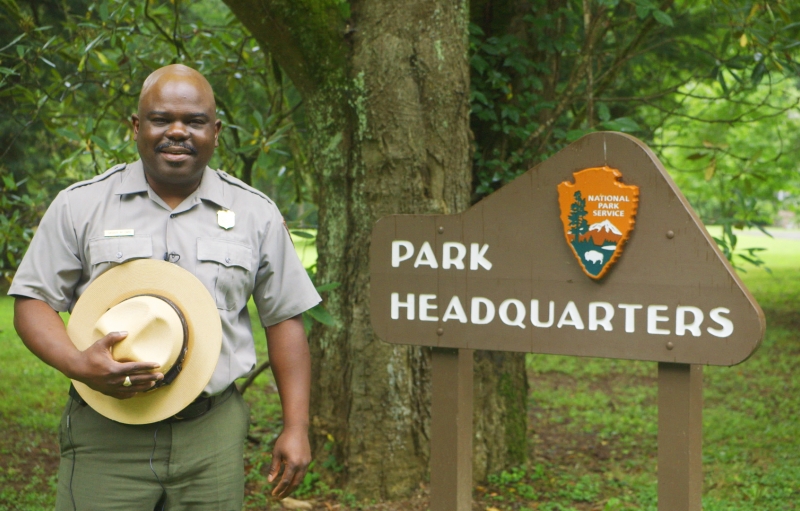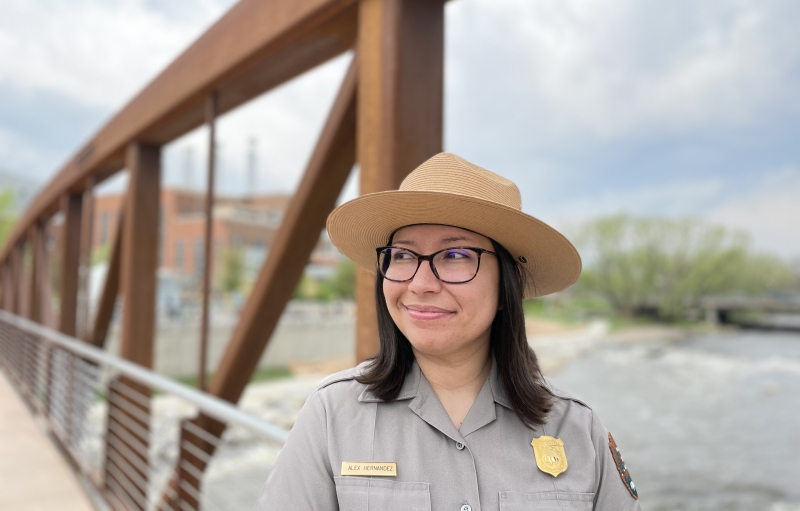The border between the land and the sea is not a distinct line, but a transition area—an intertidal zone. Tidepools are the pools trapped on a rocky seashore between high and low tides, forming mini habitats for numerous plants, invertebrates, and fish. This constantly changing environment has given rise to specially adapted and unique creatures that are often not found anywhere else. These plants and animals have evolved to withstand constantly changing, extreme conditions: changes in water temperature and salinity, strong currents, pounding surf, and exposure to sun and wind.
For a successful tidepooling trip, it is important to keep yourself safe and to preserve the marine plants and animals. Keep these tips in mind as you scramble the rocky coastlines of our national parks:
- Wear close-toed shoes that can get wet with good, gripping soles.
- Bundle up since the coast is often windy and cold.
- Never turn your back on the ocean—rogue waves can occur at any time.
- Do not sit or wade in the tidepools.
- Don’t collect anything! It’s unlawful, hurts or kills the animals, and nobody else will be able to enjoy them.
- If you move animals or rocks, return them to the same spot.
- Do not pry animals from the rocks; you may injure them in the process.
- Finally, check the tide charts for the location! The best times to visit tidepools are about two hours before low tide time until two hours after low tide time.










